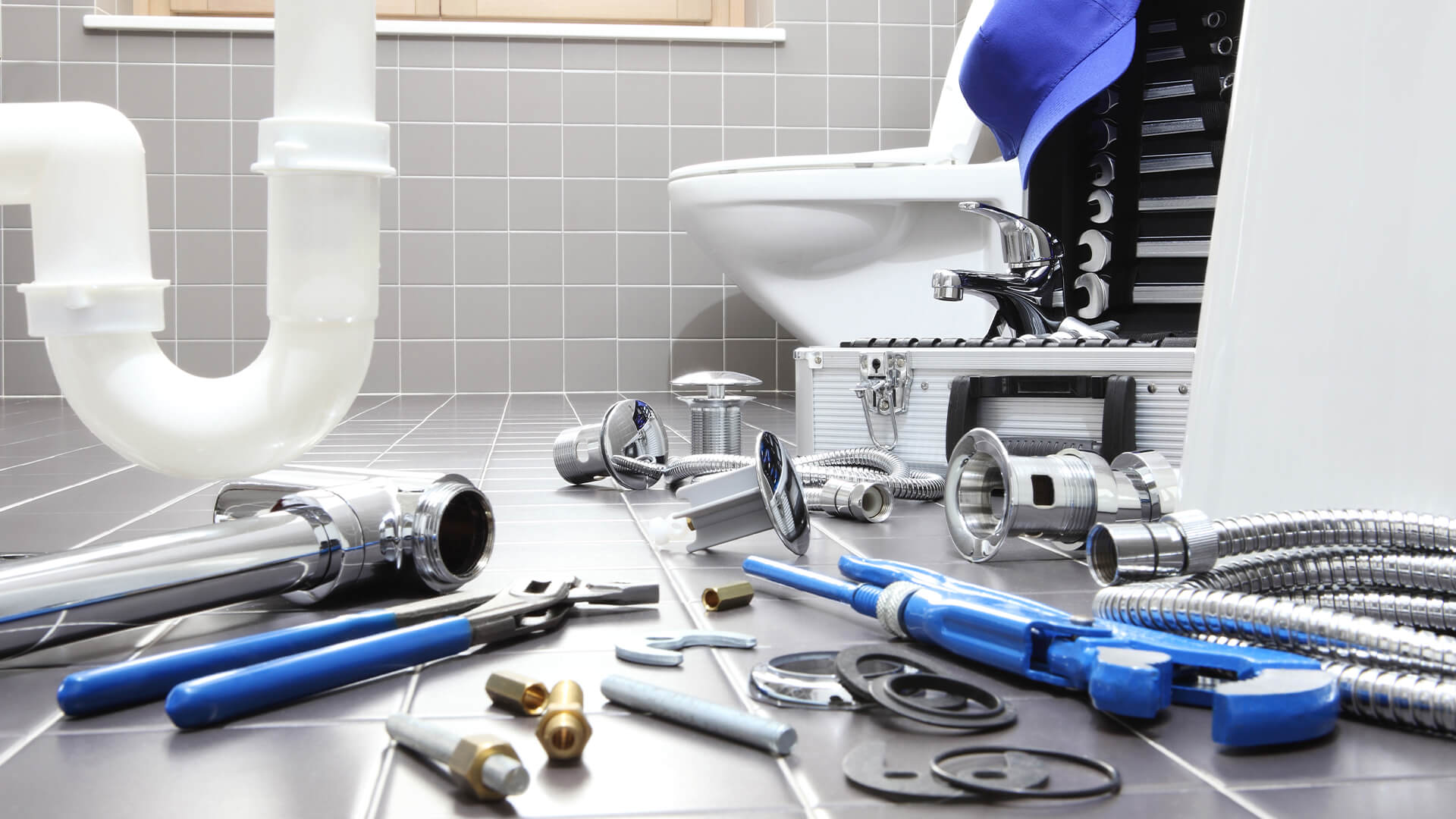Regarding home maintenance, the plumbing system is often an area that is overlooked until a crisis strikes. From unexpected leaks to broken pipes, many homeowners find themselves scrambling for solutions in moments of urgency. Fortunately, there are numerous eco-friendly plumbing solutions that can not only save you money but also help conserve our planet's valuable resources. By making educated choices about your plumbing, you can tackle frequent problems while maintaining a commitment to environmental sustainability.
In this article, we will explore various aspects of plumbing that every homeowner should know, including strategies for preventing clogged drains and ways to maintain your water heater. Whether you're considering a remodel or simply looking to improve your home's efficiency, understanding eco-friendly options can greatly impact your home. Discover how the latest plumbing technologies and smart devices can upgrade your living space, while also protecting the environment. Let's dive into the essentials of eco-friendly plumbing that will keep your home functioning well and sustainably.
Frequent Pipe Issues and Fixes
Residents often encounter a number of pipe issues, and understanding these issues can help in solving them effectively. An of the more common problems is a leaky tap, which not only loses water but can also raise your water bill. A basic solution is to swap out the rubber washer or O-ring inside the faucet. If the drip persists, you may need to look into installing a new the entire faucet.
Another common problem is blocked drains, which can occur due to a buildup of grease, strands, or foreign objects. To prevent blockages before they start, homeowners should frequently service their drains using a combination of sodium bicarbonate and white vinegar. If a blockage does happen, a suction tool can often fix the issue. For plumber enniscorthy , using a plumbing snake may be necessary to remove obstructions.
Lastly, constantly flushing toilets can lead to significant water waste and increased utility costs. This problem is commonly caused by a defective flapper, which can be readily fixed. To determine the issue, homeowners can pay attention for the sound of water flowing continuously and check the tank components. Regular upkeep and timely repairs can help avoid these plumbing problems and keep your house's plumbing infrastructure in excellent shape.
Emergency Readiness and Upkeep
Being prepared for pipeline emergencies can save you hours, cash, and stress. One key aspect of readiness is knowing how to turn off your water in an emergency. Find your primary fluid shut-off valve and make sure all family individuals are aware of where it is and how to use it. Regular upkeep of your plumbing infrastructure, such as inspecting for leaks and maintaining proper fluid pressure, can also help prevent crises from occurring in the beginning.
In addition to understanding how to turn off the water, it's important to have a plan for handling common pipeline problems. For instance, being conscious of what to do when your pipes burst can reduce damage to your property. Keep essential tools, such as a blockage remover and pipe wrench, available, and think about creating a small crisis kit that includes rags, a container, and temporary repair tape. Read Full Article can provide immediate solutions until a professional can resolve the problem.
Finally, regular plumbing inspections can identify potential issues before they become serious into crises. Homeowners should arrange regular evaluations to ensure their pipeline systems are operating efficiently. Inspections can reveal hidden drips, signs of corrosion, or other issues that may not be directly visible. Staying ahead about upkeep not only stops emergency situations but can also save homeowners cash in the future.
Upgrading and Eco-Friendly Options
In the process of evaluating improvements for your plumbing system, eco-friendly solutions can significantly lower water usage while cutting you money on utility bills. One popular option is the implementation of low-flow devices, such as faucets and showerheads, which preserve performance while utilizing fewer water. These fixtures are designed to aerate the water, giving you the feeling of a strong flow with significantly lower water consumption. By making this easy upgrade, homeowners can diminish their water footprint and contribute to conservation efforts.
An additional creative eco-friendly option is the shift to tankless water heaters. Unlike traditional units that continuously heat the water, tankless models only heat water on demand, leading to significant energy savings. Although the initial cost may be higher, the long-term benefits include lower energy bills and a longer lifespan, making them a smart choice for eco-aware homeowners. Additionally, these heaters provide an unlimited supply of hot water, enhancing comfort without ecological compromise.
Finally, homeowners should consider the benefits of using PEX piping over traditional copper pipes. PEX is not only more affordable and easier to install, but it is also far resistant to rust and scaling, which can impact water quality and flow rate. Its bendable nature allows for less joints and fittings, which can minimize leak points and waste. By choosing PEX, homeowners can improve their plumbing efficiency and considerably reduce their environmental impact, all while enjoying durable performance.

